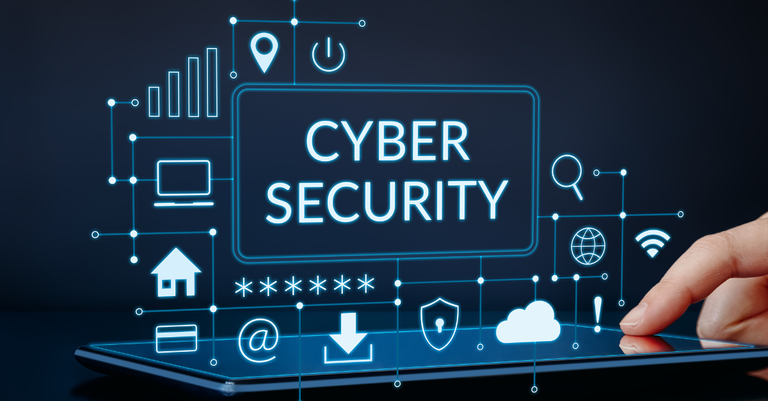
Cybersecurity has become crucial in recent years. Many IT professionals now find their passion and career in this field. It has become vital for large companies to ensure the privacy and security of their users. Some people want to hack and reveal others' privacy, they are called hackers. However, some hackers work to ensure the safety and security of users. These are called ethical hackers or white-hat hackers. They use their skills to identify weaknesses in cybersecurity before malicious actors can exploit them. Their efforts are essential for proactively addressing vulnerabilities and enhancing the overall security of organizations.
During our class discussion, I learned a lot about cybersecurity, including the different types of software attacks used by hackers. One common attack is viruses - malicious software that can infect our devices through the web or direct installation. These viruses disrupt normal computer operations and can steal our personal information. Another threat is spyware, which is secretly installed on our computers to access our private data, like email and social media passwords. One example is keylogging software that records our keystrokes, allowing hackers to see our login credentials and other sensitive information. These attacks demonstrate the importance of staying vigilant about cybersecurity. By understanding how hackers operate, we can better protect ourselves and our devices from these malicious threats.
I've also learned about cybersecurity weaknesses. These are problems in systems, networks, or programs that attackers can use to access, change, or block information. These weaknesses can be found in hardware, software, or human processes. Some common vulnerabilities that can be used to attack computers and access personal information include software bugs that allow data breaches, weak passwords or lack of two-factor authentication, and lack of user awareness or irresponsible use of devices in public places, like connecting to public Wi-Fi, which can be a way for attackers to hack and steal personal information and other important files.
There are three main types of cybersecurity vulnerabilities that organizations need to be aware of. The first is Faulty Defenses, which highlights the importance of having strong defense mechanisms in place to protect against cyber attacks. These vulnerabilities arise from issues with authorization, encryption, and authentication systems, emphasizing the need for regular maintenance and updates to keep up with evolving threats. The second type of vulnerability is Poor Resource Management. This involves mishandling organizational resources, such as data, leading to problems like improper access controls and data leaks. Addressing this requires having robust resource management policies and monitoring in place. The third category is Insecure Connection between Elements, which focuses on vulnerabilities that stem from unsafe interactions between system and network components. This can include issues like SQL injection and cross-site scripting. Mitigating these vulnerabilities involves implementing secure coding practices and network security controls to prevent data manipulation and unauthorized access. Overall, organizations must take action to approach or address these three types of cybersecurity vulnerabilities to protect our assets and safeguard against cyber threats.
In conclusion, cybersecurity has become crucial for modern businesses. Protecting user privacy and company assets is now a top priority. As threats continue to evolve, organizations must understand and address their vulnerabilities effectively. Ethical hackers play a vital role, using their skills to identify weaknesses before malicious actors can exploit them. To prevent cybersecurity incidents, organizations should take proactive measures. First, implementing robust defense mechanisms is key. This includes regularly updating and maintaining authorization, encryption, and authentication systems to deter intrusions. Second, having comprehensive policies and monitoring helps ensure proper resource management and prevent data mishandling or access control issues. Finally, securing connections between system and network components through secure coding practices and network security controls is critical. with these, we can prevent any cyberattacks and secure our personal information to be publicized.
Posted Using InLeo Alpha